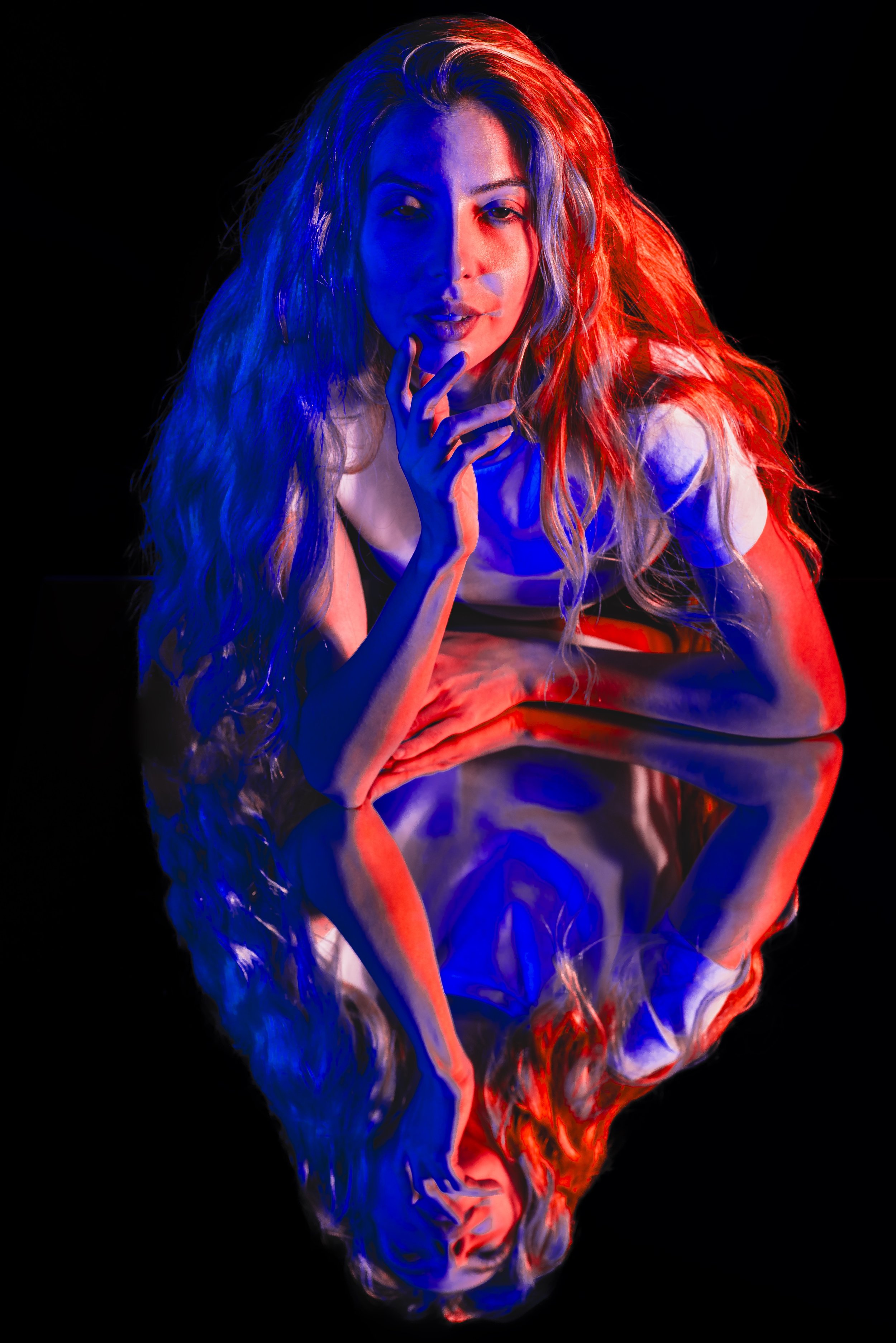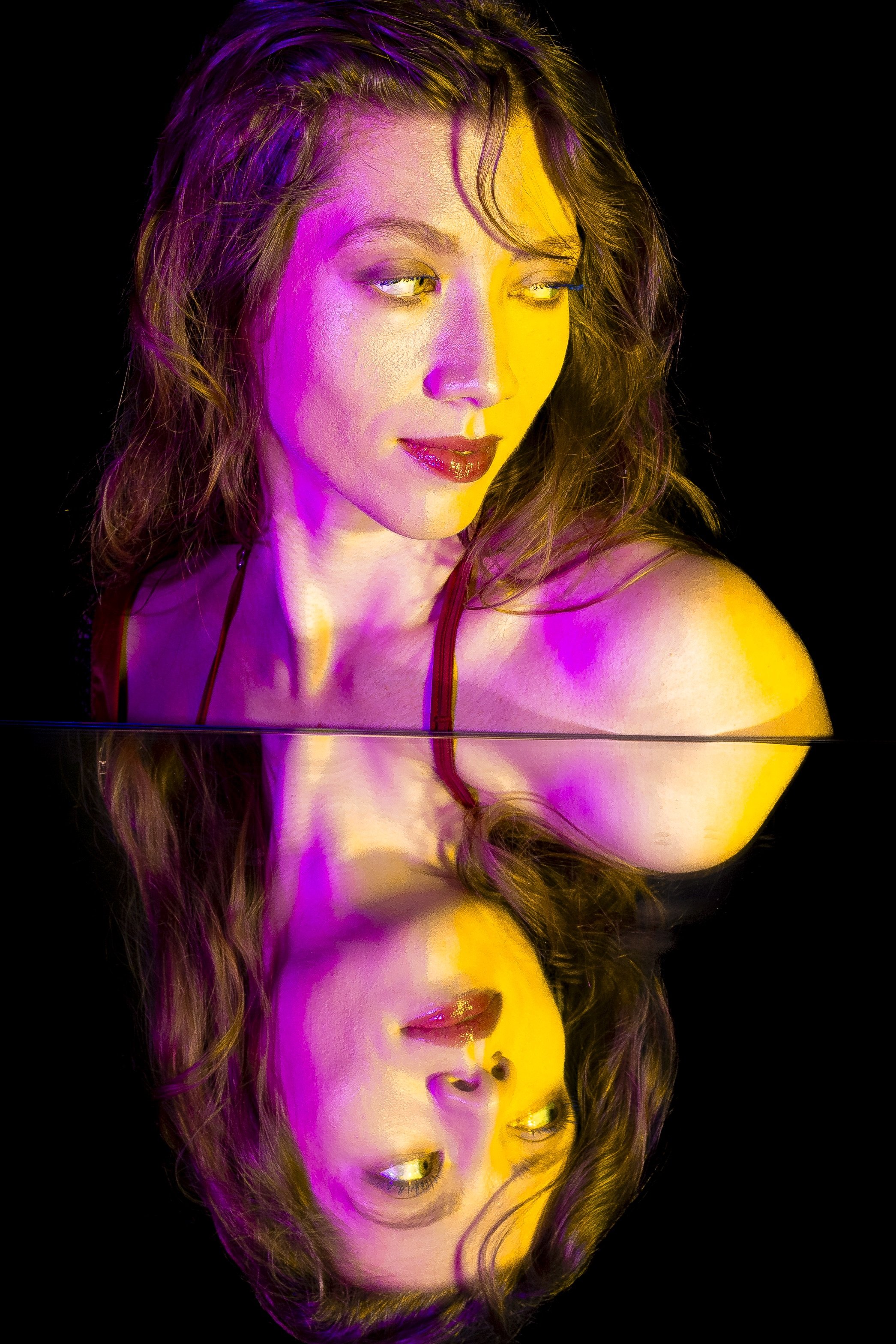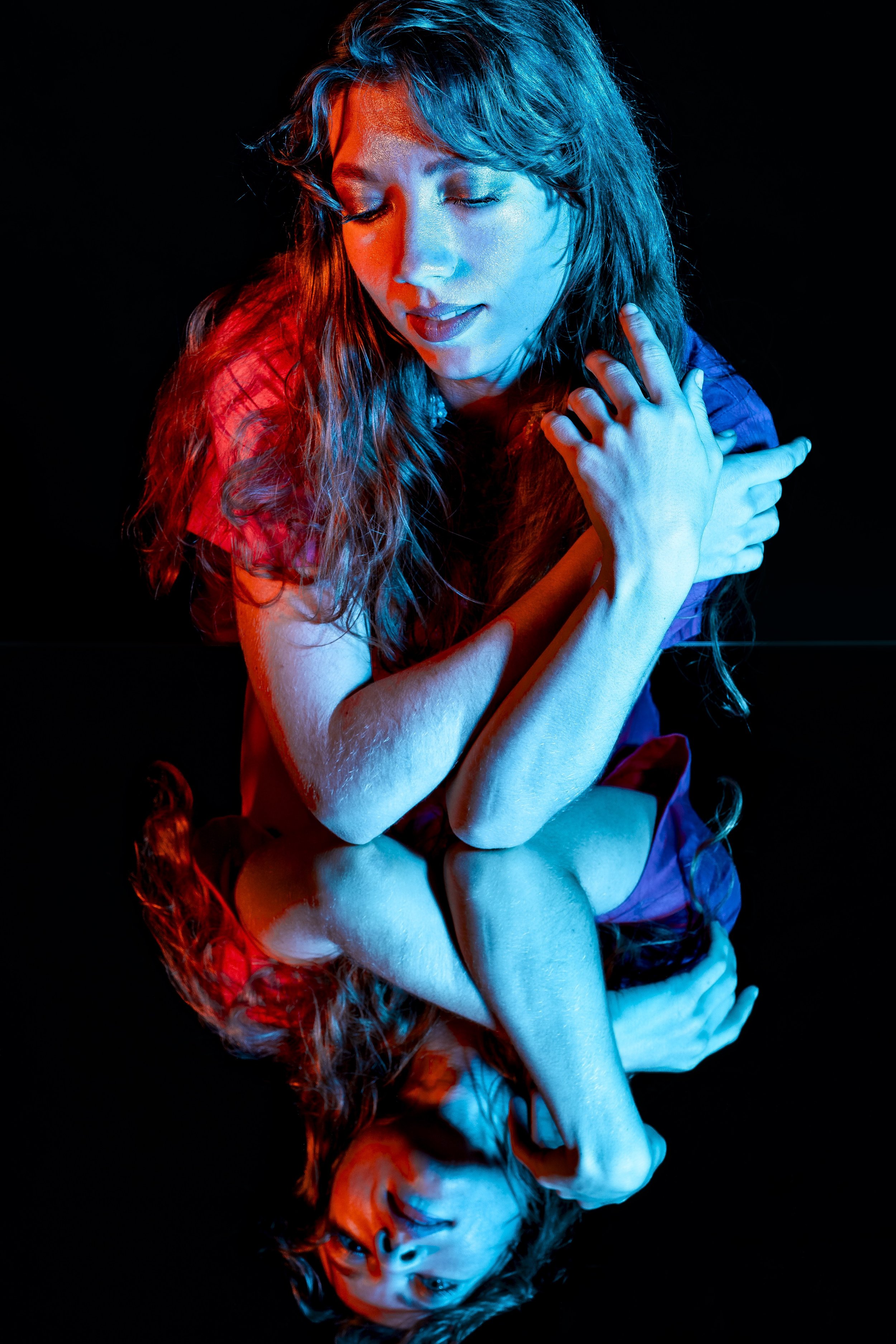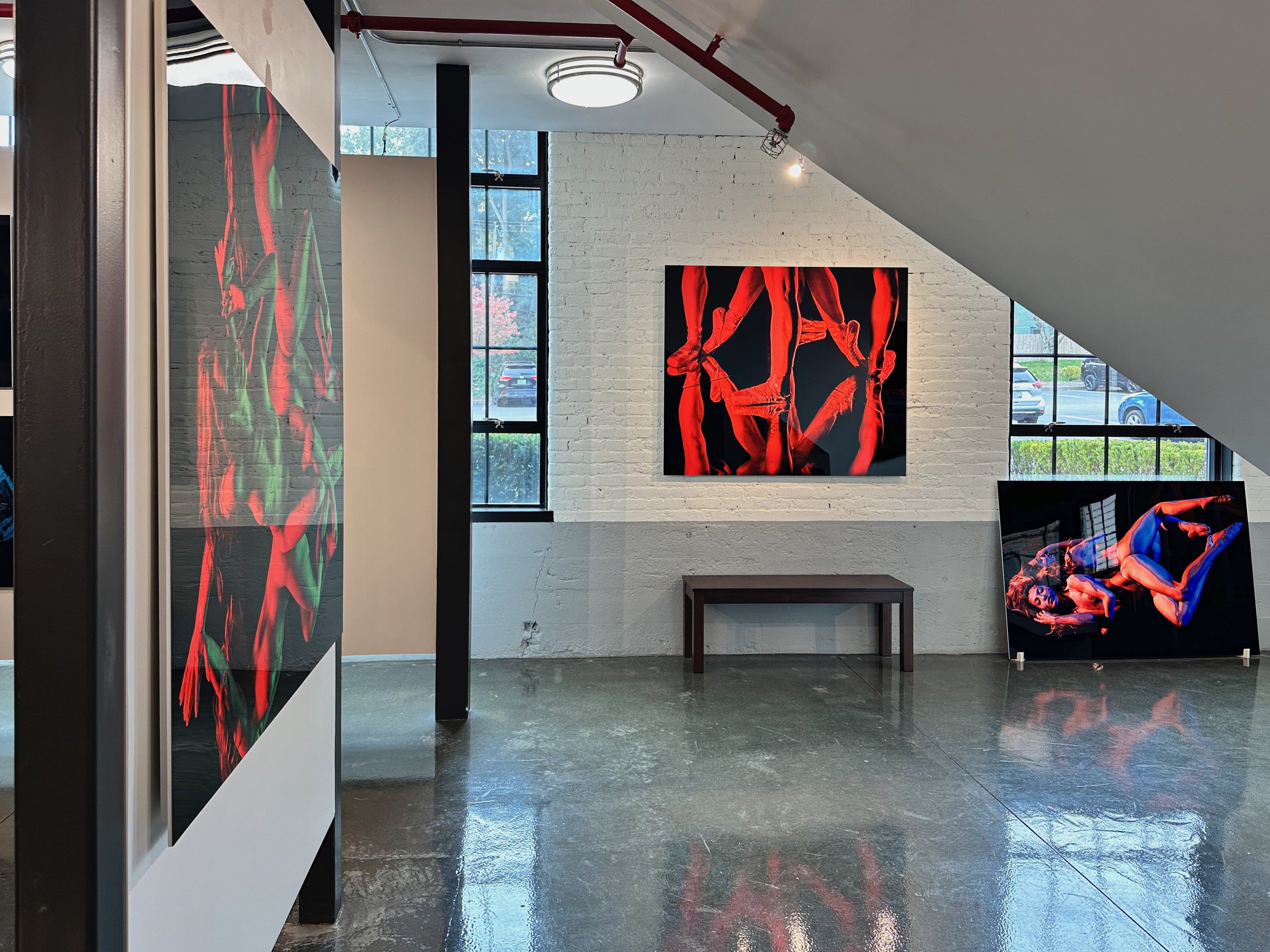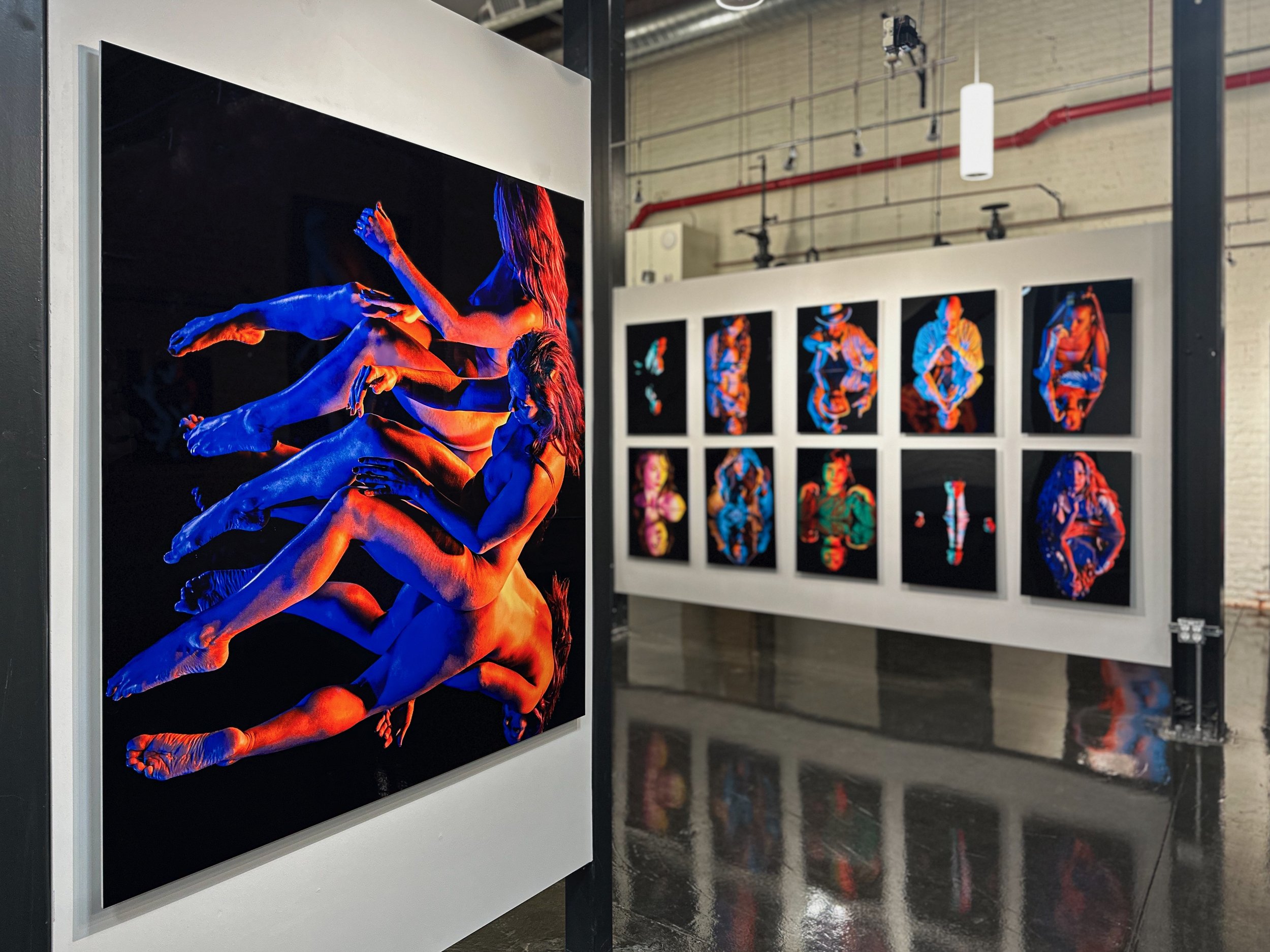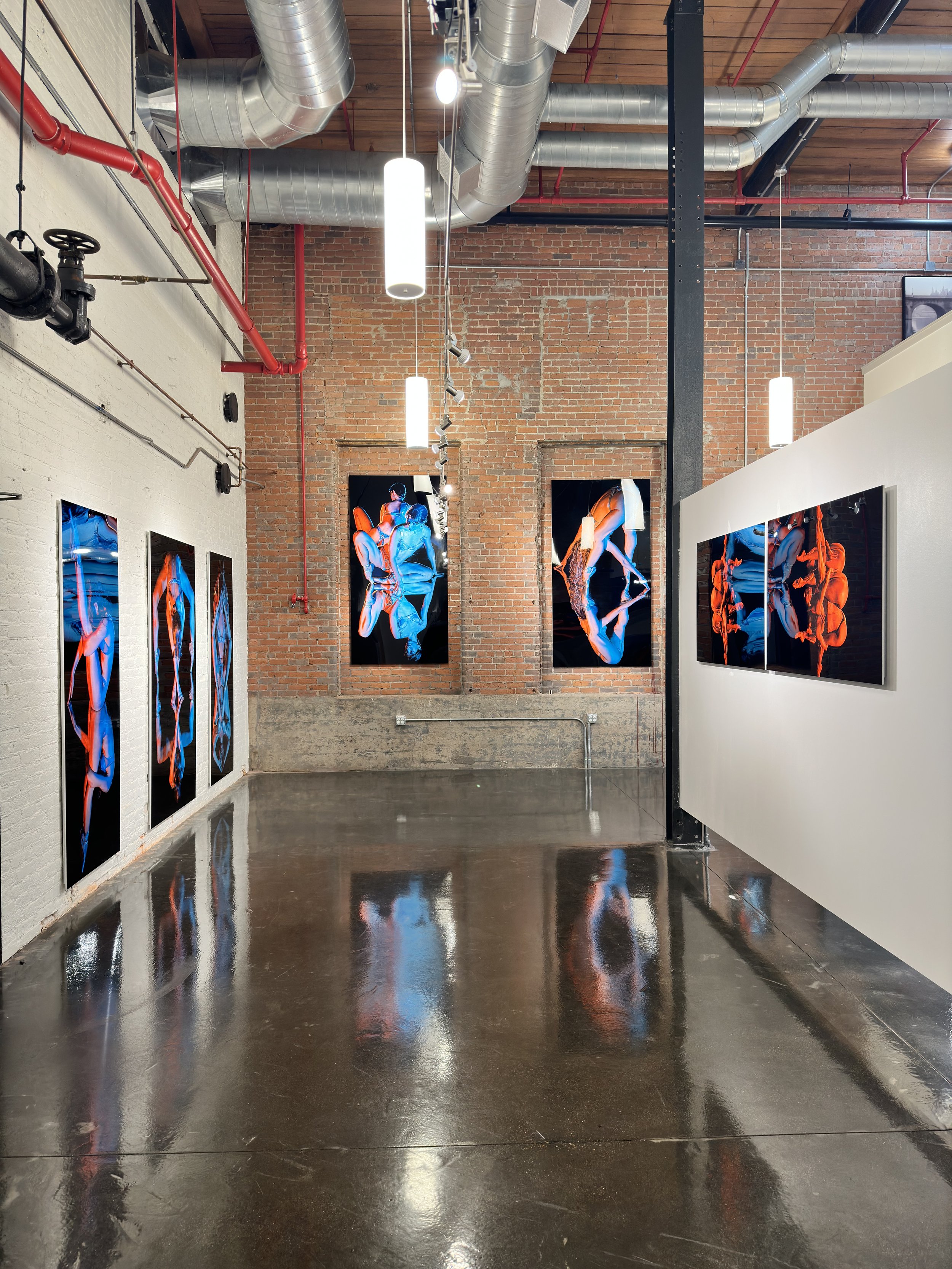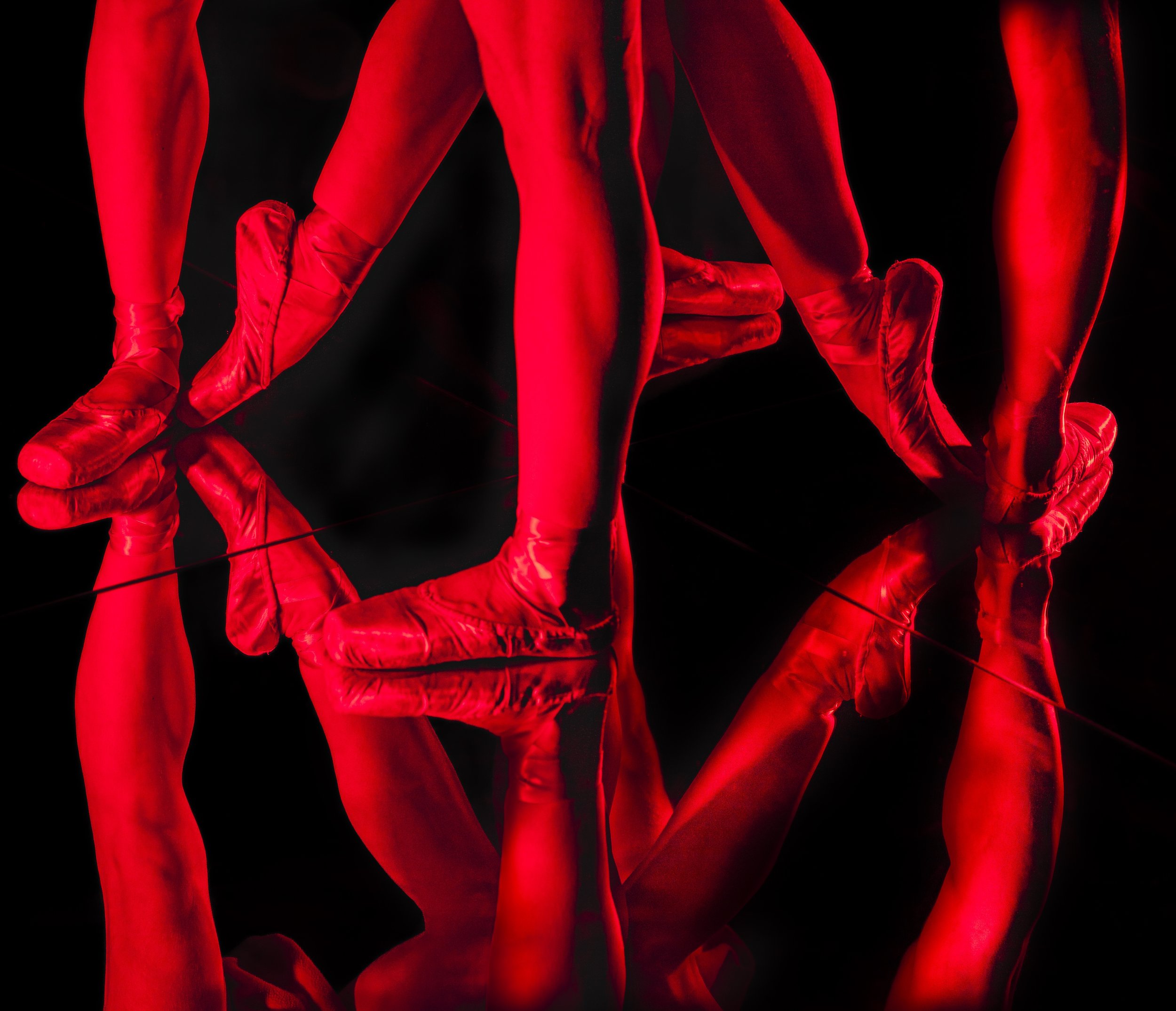
Audrius Remeikis
Colored Reflective Images: Bodyscapes & Portraits
Artist Statement
I started photographing when I was around 11 years old. As a child, I was asthmatic, and my breathing during the summer months limited my ability to run around and play like all the other kids. My parents took us to a summer scout camp, and I would sit with my mom since I had trouble breathing. This photographer/filmmaker, Algimantas Kezys, was also at the center. I started following him and became interested in photography and filmmaking instead of playing with the other kids. He let me take pictures with his camera; it was the beginning of a lifelong passion. Over the years, Algimantas would push me to participate in photography exhibits and challenge me to create. He was my first teacher.
My second teacher was my second cousin’s husband, James Tharp. I remember being on a golf course with him, and he let me shoot with his Canon AE-1. Yes, I learned on film, and I still love low ISOs. James also taught me how to develop black and white film and helped set up a darkroom setup. I still have a very old enlarger, which I hope to get back to using
My first professional camera was the Canon AE-1. I was 13 years old when I got it. My father made a deal with me: if I earned half the money to pay for the camera, he would spend the other half. We created a list of chores and tasks and assigned a reimbursement amount. For example, making dinner for the family would be fifty cents towards my half. In the 1970s, a new Canon AE-1 cost $300 with a lens. It took me about a year and a half to earn my half.
My apartment was robbed in my twenties, and all my Canon equipment was stolen. I stopped photographing for around ten years. Eventually, I bought a Minolta and slowly started photographing again sporadically. Jump to 2010, and I was heading to the Winter Olympics in Vancouver; I needed a new digital camera to photograph the events I attended. I got a Nikon digital camera. The Olympics started my digital photography journey and my return to my passion.
Jump In 2017, I decided to pursue photography full-time, and Stormy Photography was born. Stormy directly translates my real name, Audrius, from Lithuanian. I set up a studio space and started building a portfolio. Then 2019 came, and we all ended up in Covid lockdown. I needed to continue learning and expanding my capabilities. So, I signed up for an online class, From Concept to Presentation, with Mark Comon of Paul’s Photo and Creative Photo Academy.
I was fascinated with colored gels and the effects they produce. I got in my head to create an industrial studio shoot of a model on a ladder holding a glass of champagne while reaching for a light. I would have the model outfitted with a homemade window screen skirt, which would be folded to look like it was windy. I would light it with blue and orange gel strobe lights. Thus, my first attempt at instilling color into a photo shoot was born for me.
That was a great start to lighting with colored gels. I would go on to land a band concert with colored strobes. I used color for fashion shoots. I was looking for something unique to create my signature look and branding. I kept asking the question, how do I separate myself from the rest of the photographers? Then, in a model portfolio build session, I convinced the model to try some photos with color. We started with paint, and then I got the idea to add a mirror. This was the beginning of my obsession with colored gels and mirrors.
Colored Reflective Images: Bodyscapes & Portraits
This project started as a homework assignment for the online class From Concept to Presentation. I started with one mirror. Utilizing complementary colors, I explored the combinations of orange and blue, red and green, and yellow and purple. I tried one color, and I tried off-color combinations. Ultimately, the complementary combinations were the best, and I gravitated to orange and blue, my two favorite colors.
I wanted to create an image that stood out from old concepts. I first was more concerned about bodyscape. In the past, a bodyscape was a naked body in black and white with the edge of the form lit with harsh white light. I wanted to add color and show multiple facets of the body in one image, thus the mirror. All these images are created in a camera utilizing colored strobes and mirrors. I also wanted to develop a sense of confusion as a photograph invokes you to question what is happening.
I started with nude models. They created significant confusion. Then I wanted more structure and form and moved to dancers, creating striking shapes. One mirror was fascinating, even though something was missing. I added a second mirror; the confusion was terrific. As we are in a society always wanting more, I added a third mirror, and the illusion was mind-blowing.
Ultimately, what you see is what I and the camera saw - confusion, beauty, form, color, and multiple facets of a person or body.
While working on the bodyscape, I would also take some time and photograph portraits of the models and dancers. These were revealing as you can see two different sides of a person. The images lead to a movie poster and an album cover.
I hope you enjoy this fascinating world I created.










